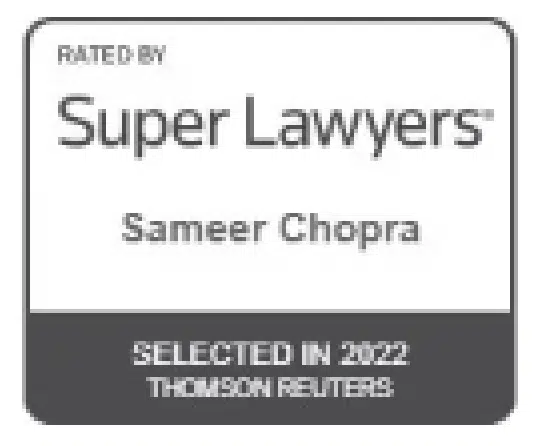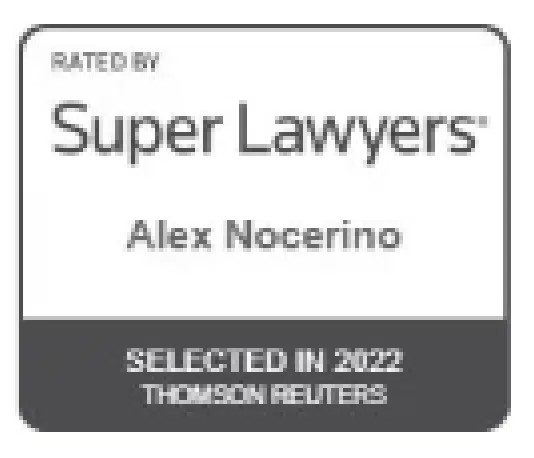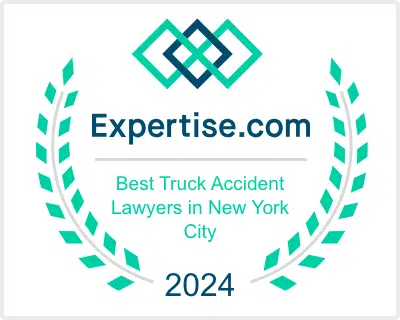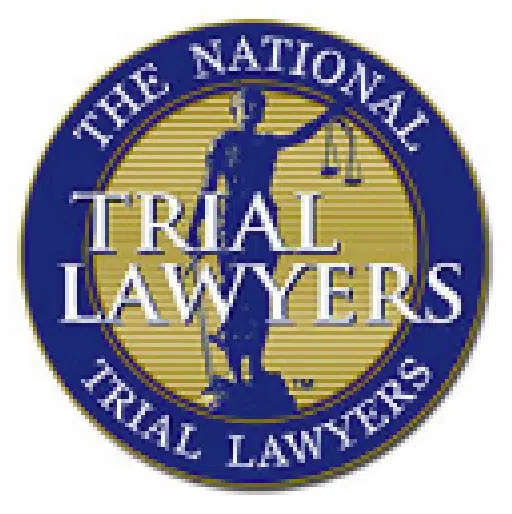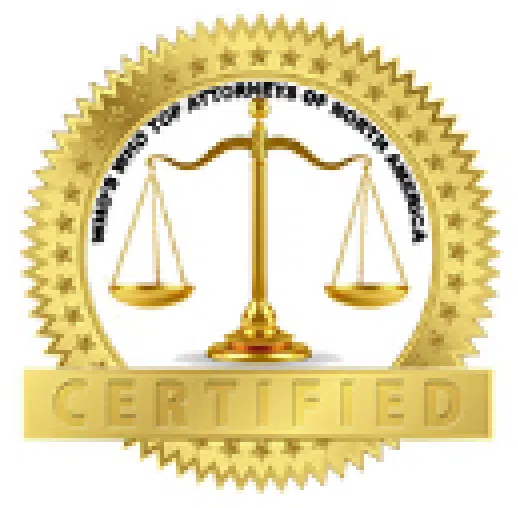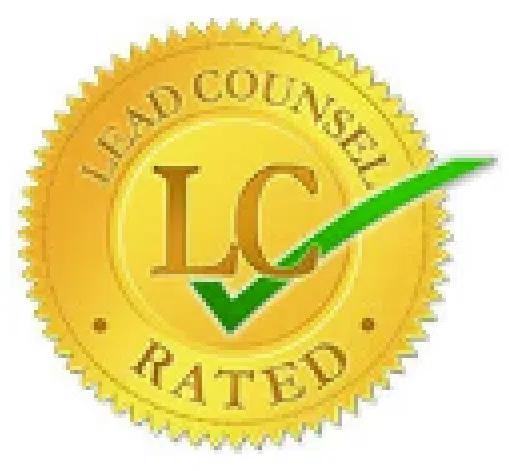- The right of way refers to a driver’s priority to occupy space on a roadway, such as an intersection, when another driver needs to occupy the same space simultaneously.
- Failure to yield to the right of way is a leading cause of fatal traffic crashes in the United States.
- New York has many right of way rules explaining how road users should proceed in various situations.
- Right-of-way violations that cause accidents and injuries can result in legal liability for at-fault drivers.
What Does It Mean To Yield to the Right of Way?
Right-of-way rules outline what happens when two or more vehicles or parties occupy the same lane or arrive at an intersection simultaneously. They determine which party can move forward first. According to the National Highway Traffic Safety Administration, failure to yield the right of way was the fourth leading cause of fatal crashes nationwide in 2021.
Examples of Right of Way Situations Under New York Law
New York yield to the right of way laws are outlined under the state’s Vehicle & Traffic Laws, Title 7, Rules of the Road. This statute articulates what drivers should and shouldn’t do in specific situations.
Left Turns at Intersections
When turning left at an intersection, or into an alley, private road, or driveway, drivers must yield the right of way to oncoming traffic. Specifically, drivers must “yield the right of way to any vehicle approaching from the opposite direction which is within the intersection or so close as to constitute an immediate hazard.”
Yielding to Pedestrians
Pedestrians and drivers are held equally responsible for their actions on New York City streets. While drivers must yield the right of way to pedestrians in many circumstances, pedestrians can be held accountable if their negligence causes an accident.
Pedestrians are required to obey traffic control signals when crossing a road. When there is no crosswalk, they must yield the right of way to vehicles. Pedestrians should take care to avoid suddenly stepping off a curb or other place of safety into the path of a moving vehicle.
Vehicles must yield the right of way to pedestrians when a crosswalk or enhanced crossing is present. New York law specifically requires that drivers yield the right of way to pedestrians crossing with a guide dog or assistive cane for visual impairment. Drivers should also take special care in school zones. For example, drivers cannot make U-turns in a school zone.
Yielding to Emergency Vehicles
Drivers must yield and safely pull over if a police car, ambulance, fire truck, or other emergency vehicle approaches with a siren. If you are entering the same intersection as the emergency vehicle, let it pass through first.
Intersections Without Signs or Signals
If there are no signs or signals at an intersection, drivers must yield to vehicles that have already entered the intersection. Otherwise, the first vehicle to arrive at the intersection has priority. If both vehicles arrive at the same time, the one on the left should yield to the one on the right.
Roundabouts and Yielding
New York rules governing the right of way at roundabouts can be confusing. When approaching a traffic circle or roundabout, drivers already inside the circle have the right of way. As you approach a roundabout, look for street signs marking the different exits. Stay in your lane within the traffic circle until you are ready to exit.

Common Misconceptions About the Right of Way
It’s essential for drivers, cyclists, pedestrians, and other road users to understand their rights and responsibilities with respect to safety and the rules of the road. Here are a few common misconceptions about the right-of-way:
- “The right of way is taken, not given” – This is a false statement. New York has many laws on the books specifically outlining when you must yield the right-of-way to keep roads safe.
- Pedestrians always have the right of way – This is incorrect. Pedestrians must obey traffic rules and avoid causing accidents, including by yielding the right-of-way when required to do so.
- Vehicles are required to make room when lanes merge – Merging onto a highway or an adjacent lane can be frustrating. To avoid collisions, vehicles in the continuous “through lane” have the right-of-way over drivers in the merging lane.
- It’s illegal to change lanes in an intersection – Though not always the safest maneuver, there is no law in New York prohibiting vehicles from changing lanes within an intersection, as long as they signal and have the right-of-way.
Injured in a Failure To Yield Accident?
If another driver failed to yield the right of way and caused an accident, you may be entitled to legal compensation for your injuries and losses. The legal team at Chopra & Nocerino can help by conducting an independent, thorough investigation of your accident, identifying all liable parties, and pursuing full and fair compensation on your behalf.
As the exclusive personal injury law firm of the New York Mets, we are ready to step up to the plate and deliver the top-tier legal representation you deserve. Our award-winning firm has a strong track record of securing high-value settlements and verdicts for injured New Yorkers.
No matter the circumstances of your accident, you can count on us to aggressively defend your legal right to compensation for injuries sustained at little to no fault of your own. Call (855) NYC-HURT or contact us online to schedule your free initial consultation.



